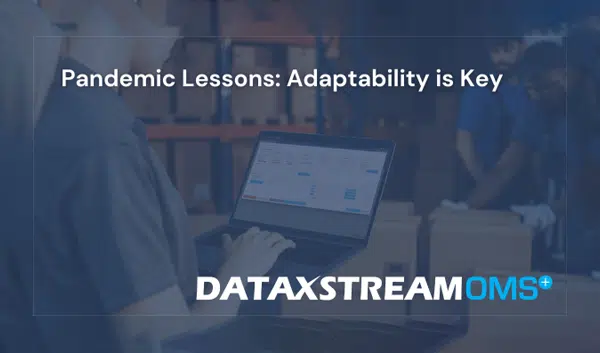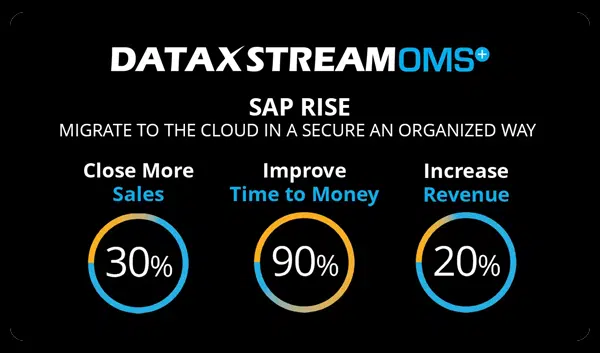While most are eager to leave any reminders of the COVID-19 pandemic behind, there are still some valuable lessons wholesale distributors can learn from the shutdown, even today. DataXstream’s “How Wholesale and Distribution is Using Available Technologies to Win in the Current Market” webinar tackles the importance of technology to allow distributors to adapt and stay relevant to customers in a changing market, while still providing the best customer and employee experience.
COVID-19 Pushed Distributors to Change
Stuck inside with not much else to do during the lockdown, home improvements and construction skyrocketed. A United States based building supply company’s demand increased but to keep up with the new safety protocols, they had to change their sales process. The traditional experience of going into a store to look at materials and talk to a rep face to face would no longer work in a socially distanced society. They shifted from counter sales to mobile sales and pushed into yards to sell the materials to be safer.
“It was about realigning the sales channels to deal with the challenges,” said Tim Yates, CEO at DataXstream. “Those that had the right tech in place had no trouble with it and those that were behind struggled with it.”
Why Simple Sales Tools are Crucial
With new sales channels comes the opportunity to provide new products, new services, and bring on new customers. “It can make things difficult,” said Jimmy Dickinson, VP of Industry at NTT Data Business Solutions, “But it’s also an opportunity for another channel moving forward post pandemic.” A multichannel order management solution like DataXstream’s OMS+ product takes mobile, counter, econ channels, etc. and allows them to interact with one another seamlessly. When a distributor invests in multiple systems for each channel, it becomes more and more difficult to make changes and can have a significant impact on employees.
Without a streamlined sales process across all channels, even making a sale can be increasingly difficult. OMS+ aggregates data a sales representative may need so they can quickly and efficiently serve a customer. “What influences quote close rate the most is how quickly you can return it,” said Yates. “The faster you return a quote, the faster you win the bid from a customer. Tech that helps you speed that up is critical.”
The Effects on Both Sides of a Transaction
The pandemic completely shifted how customers interact with distributors. With the rise of Amazon, shoppers have become accustomed to quick transactions with little to no human interaction. Customers now look for that same speed in all buying experiences, distributors included. If distributor’s e-commerce sites and sales representatives can’t keep up with the pace, they risk losing sales and even accounts. “Those that have leaned into e-commerce, have invested in their people,” said Dickinson. “They’ve provided the tech to help their customers and employees be successful.”
On the backside, a simplified system makes training new hires almost painless. Spending months onboarding an employee can be frustrating for all involved. It’s expensive for the distributor and for commission-based reps that want to get out and sell. The more complicated the process, the more difficult it is to make a sale, the more likely a representative is to walk.
The Big Picture
The pandemic threw a curve ball to the distribution industry in many ways, but it continues to prove that agility can be a wholesaler’s best weapon for success. Those that can adapt quickly on the fly, will come out on top. “It is critical to focus on the value you can bring to a customer,” said Dickinson. “Continue to add value as you continue into different channels.”




